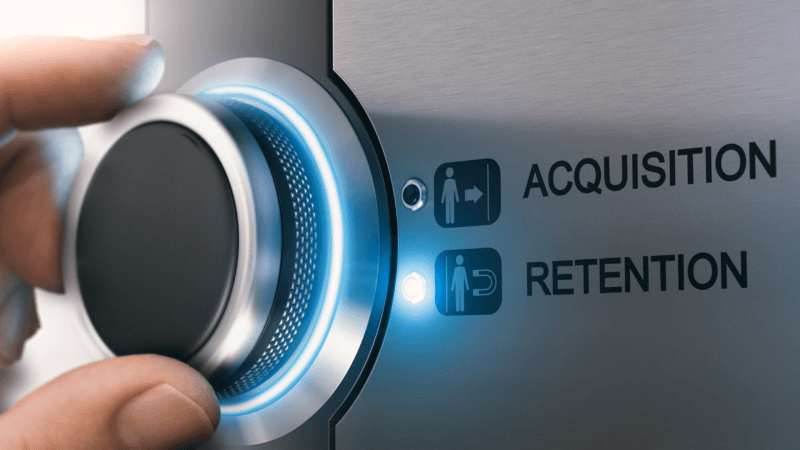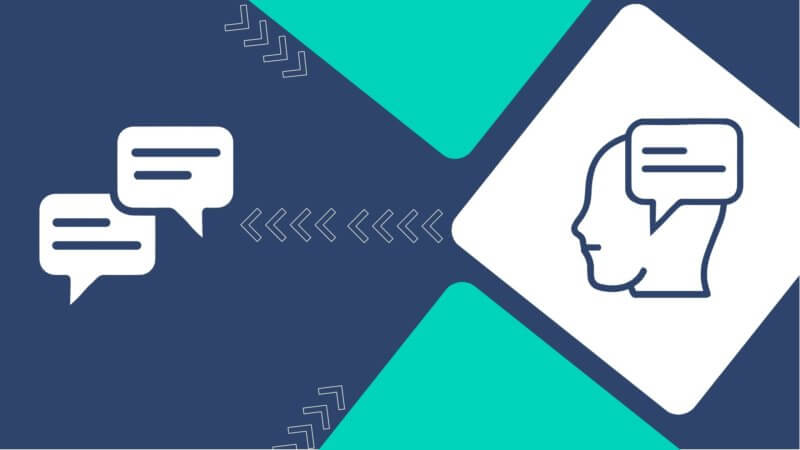Employee Relationship Management tools: engaging your frontline workforce
September 20, 2023
Employee Relationship Management (ERM) tools are playing an increasingly important role in any modern business, helping leaders engage with and manage their frontline workforce. With the help of ERM tools, businesses can automate processes, provide centralized data storage, and boost employee engagement and productivity. By combining ERM tools with continuous employee listening, organizations ensure that their employees are aligned with company culture, engaged with the mission, and aware of their opportunities to grow.
We’ll explore what ERM tools are, the benefits that they provide to engage your frontline workforce, the types of ERM tools available, and how completing the picture with continuous employee listening can set you up for success.
What are Employee Relationship Management tools?
Online or Cloud-based Employee Relationship Management systems are designed to help you support the relationship between your organization and your employees. These platforms provide powerful tools to help organizations get more out of their employees by building a positive relationship from day-one through their last. Ultimately, ERM tools help leaders increase employee tenure, boost productivity, efficiency, and create a workplace culture with less conflict. By using ERM tools, companies can save time and money while also improving the quality of the employee experience.
Benefits of engaging frontline workforce with ERM tools
Employee Relationship Management tools provide businesses with an effective and cost-efficient way to track and monitor employee performance and sentiment. By understanding how their employees are performing, companies can identify areas where they need to improve. The insights these systems provide may prompt you to design better onboarding practices, offer new benefits packages, or implement a recognition program. When employees feel engaged in their work and have access to the resources they need to be successful, it boosts morale, encourages loyalty, and reduces turnover rates. This leads to reduced training costs for businesses as well as increased profitability due to more efficient use of resources. Not only does this lead to improved employee satisfaction, but your customer experience will improve as well.
8 key benefits of Employee Relationship Management tools
1. Enhanced employee engagement
Employee engagement is a cornerstone of organizational success. ERM tools facilitate deeper engagement by providing platforms for regular feedback, recognition, and communication. Employees feel valued when their opinions are heard and acted upon, leading to increased job satisfaction, commitment, and performance through personalized engagement strategies.
2. Streamlined communication
Effective communication is the lifeblood of any organization. ERM tools offer centralized platforms where employees and managers can connect, share information, and collaborate. These tools provide various channels such as chat, email, and discussion boards, breaking down communication silos that often plague large organizations.
3. Data-driven decision-making
ERM tools collect a wealth of data on employee interactions, feedback, and performance. This data can be harnessed to make informed decisions regarding talent management, workforce planning, and organizational development. Analyzing this information allows HR professionals and managers to identify trends, pinpoint areas for improvement, and make strategic adjustments.
4. Improved employee development
Investing in employee development is crucial for attracting and retaining top talent. ERM tools facilitate continuous learning and growth by providing tools for setting goals, tracking progress, and offering personalized development plans. Employees can access resources and training materials tailored to their career aspirations, empowering them to take ownership of their professional growth.
5. Better employee well-being
Employee well-being is a growing concern in the modern workplace. ERM tools can contribute significantly to well-being by promoting work-life balance, stress management, and mental health support. Features like flexible scheduling, wellness programs, and employee assistance programs can be integrated into ERM platforms to provide holistic support for employees.
6. Lower turnover rates
High turnover rates can be detrimental to an organization’s stability and productivity. ERM tools play a pivotal role in employee retention by helping organizations identify and address issues that may be contributing to turnover. By regularly collecting employee feedback and tracking employee satisfaction, organizations can implement strategies to improve retention, such as offering competitive compensation, career development opportunities, and a positive work culture.
7. Exemplary organizational culture
ERM tools support the cultivation of a positive culture by promoting values, mission, and vision throughout the workforce. They provide a platform for recognizing and celebrating achievements, aligning employees with the organization’s goals, and fostering a sense of belonging. ERM tools can be customized to reflect the unique culture and values of an organization. This personalization helps reinforce the cultural identity and sense of purpose that can be a powerful motivator for employees.
8. Compliance and risk management
In today’s regulatory environment, organizations must stay compliant with various labor laws. ERM tools can assist HR departments in tracking and managing compliance requirements, including employee documentation, training, and reporting. This reduces the risk of legal and regulatory issues and ensures that the organization operates ethically and responsibly.
Overall, Employee Relationship Management tools offer several benefits that help businesses engage with their frontline workforce in a cost-effective way. From improved collaboration between management and frontline workers, increased job satisfaction amongst employees, better customer service experiences—all resulting in higher profitability—ERM tools are invaluable for companies looking for an efficient way of managing their team’s performance while ensuring a positive customer experience every time.
Making the most of your ERM investment
Making the most of your ERM investment requires careful consideration and strategic planning. It’s important to take the time to identify the specific business objectives you hope to achieve with ERM tools, analyze the features and benefits of different options, and conduct a cost-benefit analysis to ensure that the cost is worth the value. This will help you find an ERM tool that meets your needs and offers maximum return on investment. Once you have found an ERM tool that meets your needs, it’s important to integrate it with your existing systems. This ensures that all departments are working together seamlessly and that employees have access to up-to-date information.
Additionally, integrating ERM tools with customer relationship management (CRM) systems allows businesses to track customer service interactions more easily, providing valuable data for analyzing customer satisfaction levels. It’s also important to make sure your frontline workforce is properly trained in using any new ERM tools. Providing employees with hands-on training helps them feel more engaged and empowered in their roles and encourages ownership of tasks and projects. By taking the time to assess employee understanding of key concepts related to using ERM tools, you can ensure your frontline workforce is getting maximum benefit from your investment, all while engaging them and improving customer experience and profitability.
Completing the picture with continuous employee listening
Employee listening is an essential tool for any business wanting to build trusting relationships with their frontline workforce. By combining ERM tools and other feedback-gathering methods, businesses can gain a better understanding of what’s happening within the team and make proactive decisions that will improve both customer experiences and job satisfaction levels. This in turn leads to higher profitability and more successful operations over time. Therefore, investing in effective employee listening tools, like WorkStep, should be a priority for all companies looking to engage their frontline staff.
Employee Relationship Management (ERM) tools and Continuous Listening tools complement each other seamlessly in creating a holistic and dynamic approach to employee engagement and satisfaction. ERM tools serve as a central hub for managing various aspects of employee relations, including feedback collection, performance evaluations, and communication. Continuous Listening tools, on the other hand, focus on real-time feedback and sentiment analysis, enabling organizations to gather insights and identify issues as they arise. In today’s rapidly evolving corporate landscape, where the war for talent intensifies, organizations are increasingly realizing the importance of fostering positive relationships with their employees.
Foster frontline employee relations
With the frontline employee engagement platform that delivers the real-time insights you need to take action, retain your workforce, and drive your business forward.
Tom Goyette, Product Marketing Manager | tom.goyette@workstep.com
Tom Goyette is a Product Marketing Manager at WorkStep. With experience in start-up and enterprise level SaaS and eCommerce organizations, Tom excels at managing and creating content, marketing, and analytics. Tom believes people are at the center of every great organization and is eager to share stories that highlights the value of the employee voice.



